|
There are a lot of options for a draft hood above your cook-top or range. By far the most popular of these is the microwave/hood, but the most attractive is the stainless steel or glass range hood. A microwave hood performs the function of a draft hood, but also frees up space on your counter top by mounting your microwave above the cooktop. This is where the microwave/hood combo shines. And, yes, a stainless steel microwave hood can look elegant and culinary, but it never quite gets you out of the realm of home kitchen. A solid stainless steel range hood gives you that feel of being in a master chef kitchen. From it’s louvered stainless steel grease trap to its massive walls of brushed stainless steel, it feels like a culinary kitchen. Then there are the island draft hoods. If your cooktop is in an island you need a draft hood still. There are several options. You can get a solid stainless steel draft hood to preserve that culinary feel as shown here: Or, if you want to maintain that open feel of the space, you can get a stainless steel draft hood with a glass canopy: Whatever the desire for you next kitchen remodel in the Riverside and Inland Empire area, give us a call today.
4 Comments
Here we transform another run of the mill, track home bathroom into a pleasure palace. Using marble, brushed nickel and sleek lines we created a Romanesque bath to make the owner's feel like an emperor. This is what the bathroom looked like before: small fiberglass corner, cheap acrylic vanity, linoleum flooring, etc. After tearing out the old, we installed a marble shower, with marble wainscoting. White, porcelain marble look tile on the floor for durability and white vanity with marble top gives it a clean, Roman look. If you want your bathroom turned into a palacious retreat, call us today.
What I see more and more now a days is natural stone, straight line, tight grout joint work. The problem with natural stone is it's maintenance. It needs to be kept cleaned and sealed or the pores in the stone will soak up stains. Some stones more than others. The problem with tile, is that depending on what tile you get, because the inconsistencies when the tile is fired and shrinks slightly make it harder to get a grout joint any tighter than 1/8". Let me share with you what I'm seeing more and more, and personally liking: rectified porcelain tile. What is rectified tile? Well, it's tile that, after it has been fired, is cut into straight and square pieces with slightly beveled edges. Because the cutting process gives it a straight line, as straight as any stone tile, it can be laid with little to almost no grout joint. Gone are the days when you see 1/4" or larger grout joints. No one wants to see grout. I will usually pick a grout that matches the color of the tile as much as possible to further hide the grout line. These are 1/16" grout lines, and even they seem too big when pointed out. But choosing the right grout color can make or break even the smallest of grout lines. So why porcelain? Well, lets put it this way, all the look, have the work. Porcelain comes in so many colors, looks and styles now a days that some would even be hard pressed to tell the difference between natural stone or porcelain. And porcelain has the added durability, over ceramic, and nearly no need to seal like natural stone. Notice how the grout lines in these wall tiles virtually disappear and the tile looks like natural travertine. So for your next kitchen or bathroom remodel take a serious look at porcelain, rectified tile.
Here are some unassembled cabinets. Unassembled cabinets have a few things going for them: 1. They are generally cheaper than pre-assembled cabinets. 2. They usually come with cabinet grade plywood instead of particle board. But there are a few cons: 1. Since they’re assembled on site, the construction isn’t the most secure. 2. Generally you have fewer choices than other options. But as you can see from the picture, unassembled cabinets can look really nice. The drawer above the oven isn’t the most ideal, but you have to work with the limited options. If you’re building on a budget, unassembled cabinets just might be for you.
We do kitchen remodeling all throughout the Inland Empire: from Riverside to Fontana to Norco. Matthews Custom Construction is your premier kitchen and bathroom remodeler. This outdated kitchen was located in Norco, Ca and was in some serious need of updating. The owners had just purchased the home and wanted the kitchen remodeled prior to moving in. You can tell by the hanging cabinets on the island and the floor to ceiling pantry style cabinets also that it lacked that open concept so popular now-a-days. We gutted the entire kitchen including the cabinets, counter and backsplash and decided to go with a lighter, more open design. The home owners wanted a white shaker cabinet which is ever so popular right now. The majority of kitchens we are doing is white shaker. The counter top was an economical solid surface made by Samsung called Staron. It’s almost half the cost of granite but with the same modern look. The sink is integral to the counter top made of the same material and laminated together. We brought some color into the kitchen by making the backsplash pop with a glass mosaic tile. The island we opened up and made bigger. We went with an island draft hood with glass canopy to maintain the open feel. Went with some pendant bar lights with white frosted glass globes to tie into the look of the kitchen and installed all new white appliances. All in all this is another kitchen we are really proud of and the owners are in love with.
Look to Matthews Custom Construction for all your kitchen and bathroom remodeling needs. There are several different ways you can go with kitchen cabinets. In this post, we're not going to focus on the style, but rather the ways in which you can purchase your cabinets. This is the same for both kitchen and bathroom remodel; whether you're looking for a vanity or an entire kitchen set.
1. Custom If you were to get your cabinets from a dedicated cabinet shop, they are more than likely going to be custom. That is, they are tailor made to the exact layout of you kitchen. An estimator from the company comes out to your abode, takes measurements of every wall and protrusion, gets an idea of what you would like in the cabinets and designs the cabinets to fit perfectly in the space you have. This has the benefit of utilizing every square inch of your kitchen efficiently so you get as much storage or counter space as possible. The cabinets are built to varying widths and shapes in order to maximize their utility. These are, however, usually the more expensive route to take. Sometimes costing double what other methods can, but usually no more than a couple extra thousand, which, is only about 10% more. 2. Pre-fabricated Prefabricated cabinets are what you would get from a big box store or a cabinet supplier (not manufacturer). These are generally a little less than custom cabinets, but have the downside of being generic cabinets. You can get them in a number of different styles, but they wouldn't be unique to your home, such as would custom cabinets. Since they only come in set widths and shapes, they may not utilize every square inch of your kitchen efficiently. Either someone from the supplier comes to your house, or they show you how to measure your kitchen and you bring in the drawing. They try and fit their standard cabinets into your kitchen. But let's say your kitchen is 9' 4" wide. You need one 36" sink base for a sink, that leaves you with 6' 4" left. Well, you can put 3- 24" cabinets in there but you're still left with 4". Since they can't make one cabinet bigger, let's say 28", they would just give you what is called a filler strip. It's a strip of wood the same color and style as your cabinets that is 4" wide to fill in the gap either between the cabinets, or between the last cabinet and the wall. This is then wasted space, where with custom cabinets, they can make them to any size to suit the space. The perk of pre-fab is that they are generally a little cheaper than custom cabinets because they are mass manufactured somewhere, usually with lower costs of labor, and shipped to your supplier. 3.Un-assembled Un-assembled cabinets are the cheapest, generally, of the lot. They usually have the lowest selection of styles, but again, they are usually the cheapest. To get the maximum amount of savings out of these, it would generally be something you, as the homeowner, assemble and put in. If you have to pay someone to assemble them, you lose out on some cost savings. But they can still be the cheapest of the bunch. The reason they are the cheapest is because they come un-assembled in a flat box. They can ship more out for cheaper, and also the labor to assemble them isn't covered by the manufacturer. There are a number of suppliers for these kind of cabinets, but not all are created equal. Make sure you're getting at least plywood boxes, instead of mdf, ball-bearing drawer glides, and concealed hinges. You want to save money, however, you don't want cheap cabinets. Kitchens and bathrooms are the most remodeled rooms in the house. When you sit down to plan your remodeling, after you think about what it is you would like, the next thought to cross your mind is, 'what would it cost?'. Every remodel is different, because every house is different and every design is different. But we can give you several ranges that your remodel may cost depending on style and quality of work.
Let's start with kitchens. The big cost of the kitchen remodel is usually the cabinets. There are several different qualities and options of cabinets: unassembled, pre-fabricated and custom. Unassembled are generally your cheaper option, and as the name implies, they come unassembled and are assemdbled by the home owner if it's diy, but usually the installer. prefabricated cabinets are cabinets that come already built, but in only standard sizes, so depending on your kitchen layout, there is usually filler strips and a finite amount of layout options. Th last is your custom. Custom cabinets utilize the space the best, can be built in the most style and color choices, and are generally of a better quality. The cost is in goes higher respectively. You could pay up to double the cost for your cabinets if you go with custom as compared to unassembled. For the purposes of this article, we're going to only take into consideration solid surface, which ranges from $50/square foot to $70/square foot. Solid surfaces are your granites, quartz, synthetics like sile stone and recycled marble. They very according to durability, maintenance and color options. Accounting for new tile floor, tile backsplash, solid surface counters, new cabinets and appliances the average costs of a kitchen remodel for a 150 square foot are: Most economical, lowest quality material: $9,000-$13,000 Middle of the road, pre-fab cabinets: $13,000-$20,000 High end, custom: $20,000-$35,000 Bathrooms are the next room to be remodeled, usually master bathrooms. Hall baths, or second baths, are usually a little less than master bathrooms, considering the ones usually paying the bills and bringing in the income also have the master bathroom, and they should be afforded a little extra comfort in their lives. For this, I'll estimate hall and master baths separately. Bottom of the line would be to replace the shower or bath tub with a standard size fiberglass replacement, new vanities with your big box store prefabricated cabinets and tops (usually granite or some other solid surface), changing out vinyl with tile floor, and the cheapest faucets available. Top of the line would be custom tile shower or tub with niches and porcelain tile, custom vanity and solid surface counter, nicer sinks and faucets and higher end shower faucets and valves. You higher end bathrooms will have body jets, rain heads or other upgrades. Master Bath: bottom of the line remodel: $5,000-$8,000 Middle of the road, some upgrade: $8,000-$12,000 higher end: $12,000-$25,000 We will take you throughout this kitchen transformation to see the step by step process of remodeling a kitchen. The pictures below are the before pictures. From the cove honey oak trim to the white laminate, flat doors and discolored plastic accents this 80's kitchen is in definite need of a facelift. Rather an entire transformation. Step one is to design the new kitchen. For this one we have decided that simple is grander and will be going with a white shaker style cabinet, dark granite counter tops to contrast the white cabinets and stainless steel appliances to add a metallic shine to the entire kitchen. Our next step will be demolition, the fun part of the entire process. We will tear out the cabinets, flooring, lighting, soffit and whatever sheetrock needs to be repaired or opened up to allow for the new electrical. This is what we have to start with. It’s very outdated and in need of a facelift. At one point in its life, they did upgrade to granite, from what we assume was tile, but now it will have to be redone. The fridge to the right is actually in great condition, and is a top of the line sub-zero. So we will be keeping it. We’ll replace the panels with stainless steel to match the new appliances and have it serviced to ensure decades of trouble free service. Here it is all torn out. The floor the walls, the cabinets. Everything. We even took out the soffit the ran around the perimeter and held so many fake plants. Here’s another angle. That strip of missing sheetrock at the top is where the former soffit used to be. Here is the new tile floor down right after if was laid. The sheetrock had already been patched and textured. This is the wall prior to cabinets going back in. All the elctrical was ran for the under cabinet lighting, the over cabinet lighting, the appliances and the counter outlets. The sheetrock was hung, taped and textured. The bottom was primed prior to the tile going down that way the texture wouldn’t be washed off when the tile guys were wiping their tile. Here is a picture of the new kitchen side by side with the old. What a transformation, huh? With the new lighting, this kitchen has style, it has character, it has appeal. It’s not just a mundane room in the house that only serves a function. It’s an elegant show piece. If you like this kitchen remodel, let us work with you to bring your kitchen dreams to life.
Kitchen and Bathroom Remodels The two most remodeled rooms in a house are kitchens and bathrooms, respectively. They improve the function of the house as well as the form and value. Kitchens are usually updated with new cabinets, floors and counter tops. Flooring is generally tile and with modern wood simulated tile, the sky is the limit with options. Old, outdated honey oak cabinets you find in most economic houses and track housing give way to dark tones, custom details such as corbels and fluted columns and soft close door and drawer hardware. Although marble isn't recommended in kitchens because it can stain easily, with new solid surfaces such as quartz, recycled marble, silestone, etc you have a plethora of choices. Bathrooms, especially master bathrooms, can be depressing. From the fiberglass tub/shower surrounds to linoleum flooring (or worse, carpet) there is much left wanting. Upgrade to a porcelain shower surround and floor. porcelain is durable and available in so many options. Comfort height toilets are all the rage, why bend down so far when you don't have to? Throw in a new vanity with granite top and a framed mirror and now you have a bathroom you can enjoy.
A kitchen remodel and kitchen resurface are two different ways to improve your kitchen. Each has it's benefits, each has its down side. If we were to look at cost, from a cabinet standpoint, it is about the same, with resurfacing coming in a little under remodel. But what are they, respectively? Kitchen remodeling usually entails tearing out the entire kitchen: cabinets, walls, flooring, etc. This is a very invasive method. Sometimes, if the sheetrock is still good (minor dings that can be patched) and no electrical and plumbing need to be moved, than the wall may be able to remain. But, as far as the flooring, it's hard to get the new cabinets to line up exactly with the old flooring. So, unless you have the exact flooring to patch, the flooring typically needs to be redone. Which, if it's an older kitchen and you want to update the entire look, would be necessary. So, you have the cost of the new cabinets, possibly sheetrock (but definitely patching), repainting, flooring, and counter-tops, maybe even lighting. So the numbers start adding up and your kitchen remodel can range from $10,000 to $50,000 depending. But what you have is an entire, updated kitchen. The alternative method for updating your kitchen is cabinet resurfacing. This process entails leaving the existing cabinets in place, removing and replacing the doors and drawer fronts, sanding the cabinets to bare wood, veneering on new panels and/or edge banding, and refinishing the cabinets. Because you leave the existing cabinets in place there is no need to replace your flooring. Everything gets taped off around the cabinets, so, if done properly, there is no need to repaint the kitchen. The cost between just new cabinets, and resurfacing, because of the labor involved, is minuscule. But if you just want a new look, without replacing your floor, walls, or changing the cabinet layout, this is where resurfacing shines. What you need to understand is that resurfacing is not the magic bullet of cost savings. Once you start replacing flooring, redoing your walls, trying to save and move existing cabinets, trying to alter existing cabinets, then you've negated the benefits of resurfacing. At that point, it would be more feasible just to have new cabinets installed. The labor involved in moving, altering, resurfacing and trying to save existing cabinets is comparable to the cost of installing most pre-fab cabinets. So you need to weigh your options. Are you looking for just an updated look without much else, or are you wanting an entire, new kitchen?
|
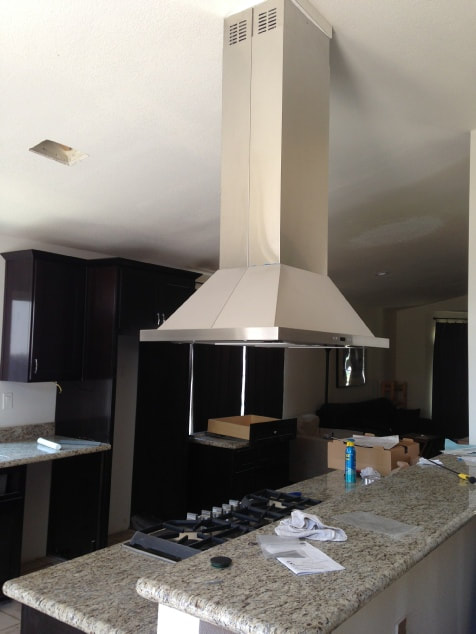
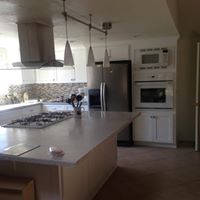
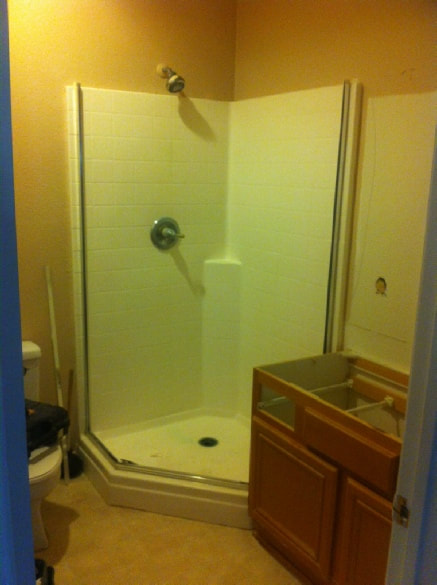
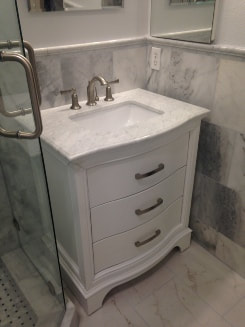
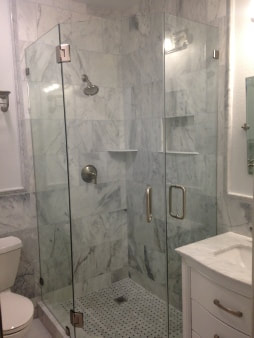
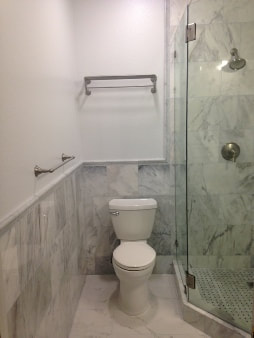
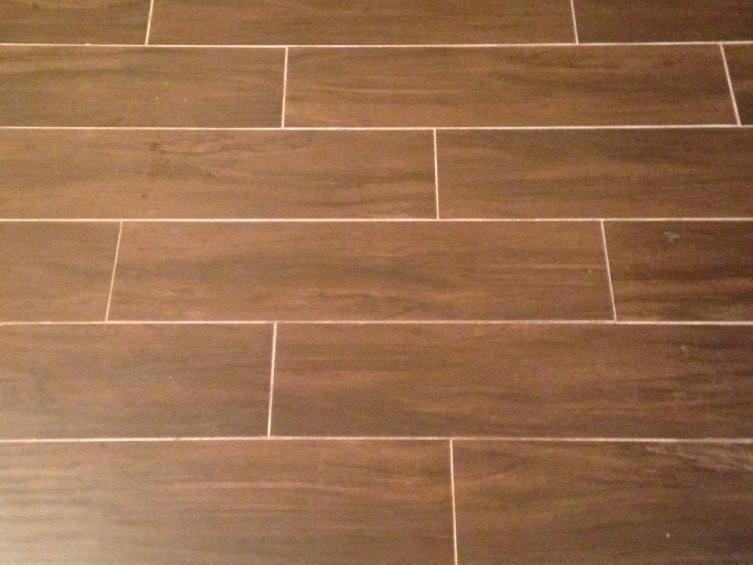
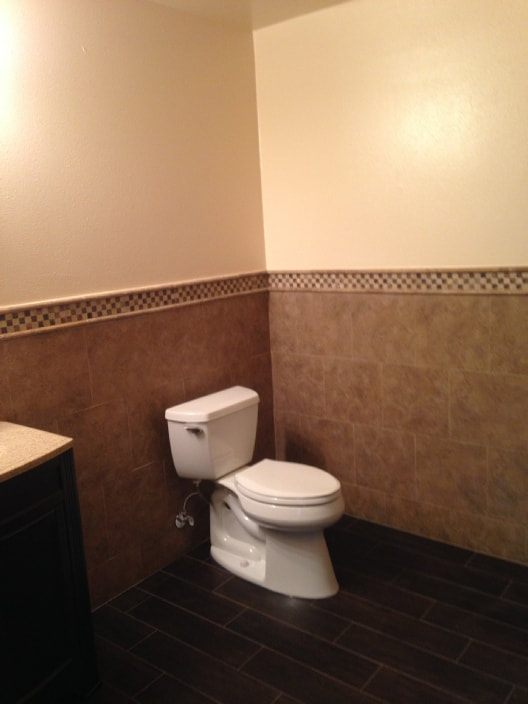

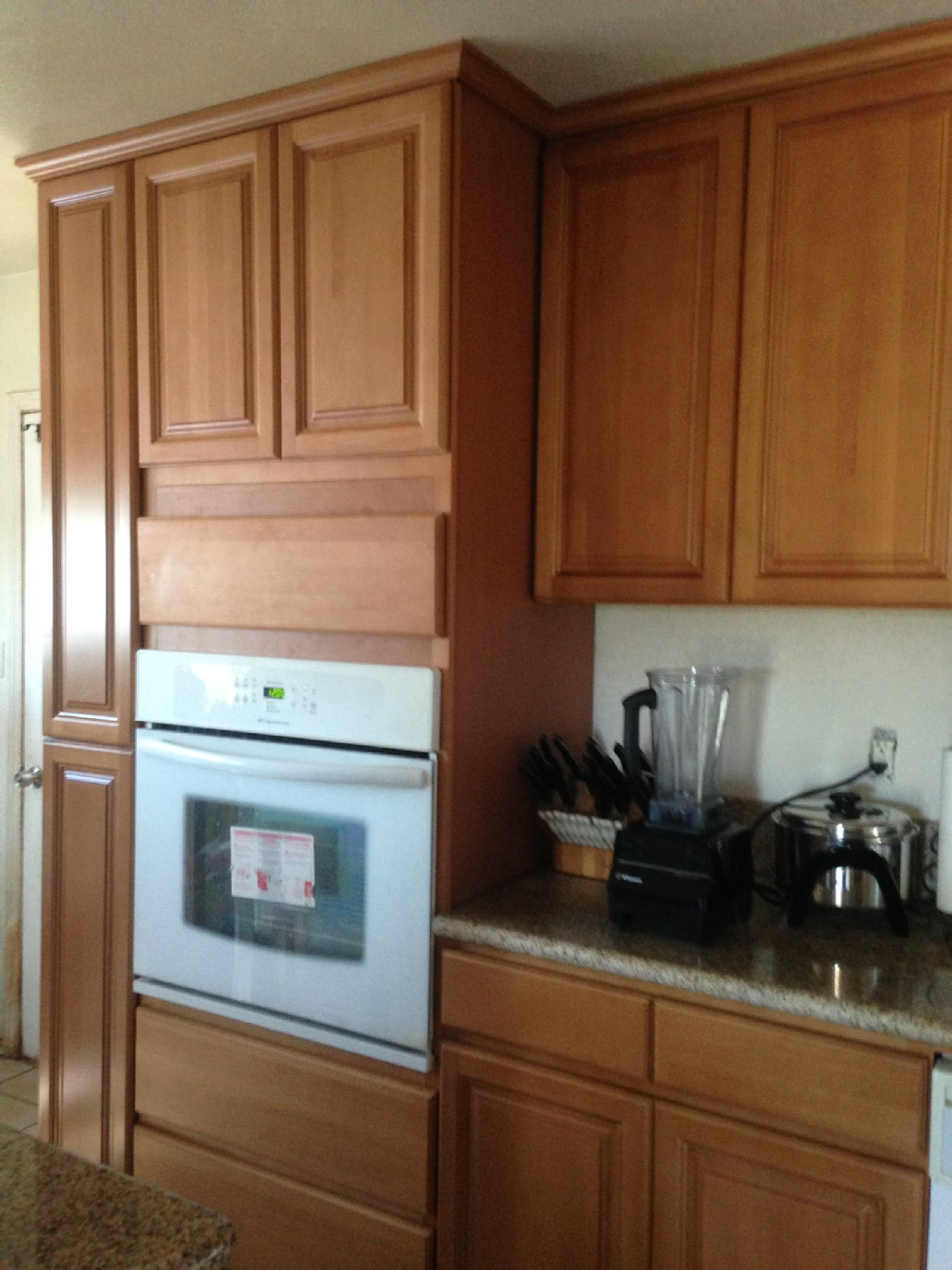
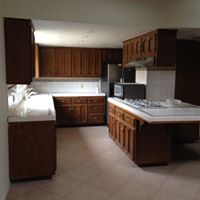
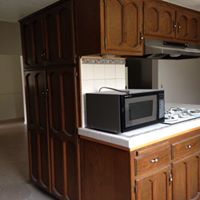
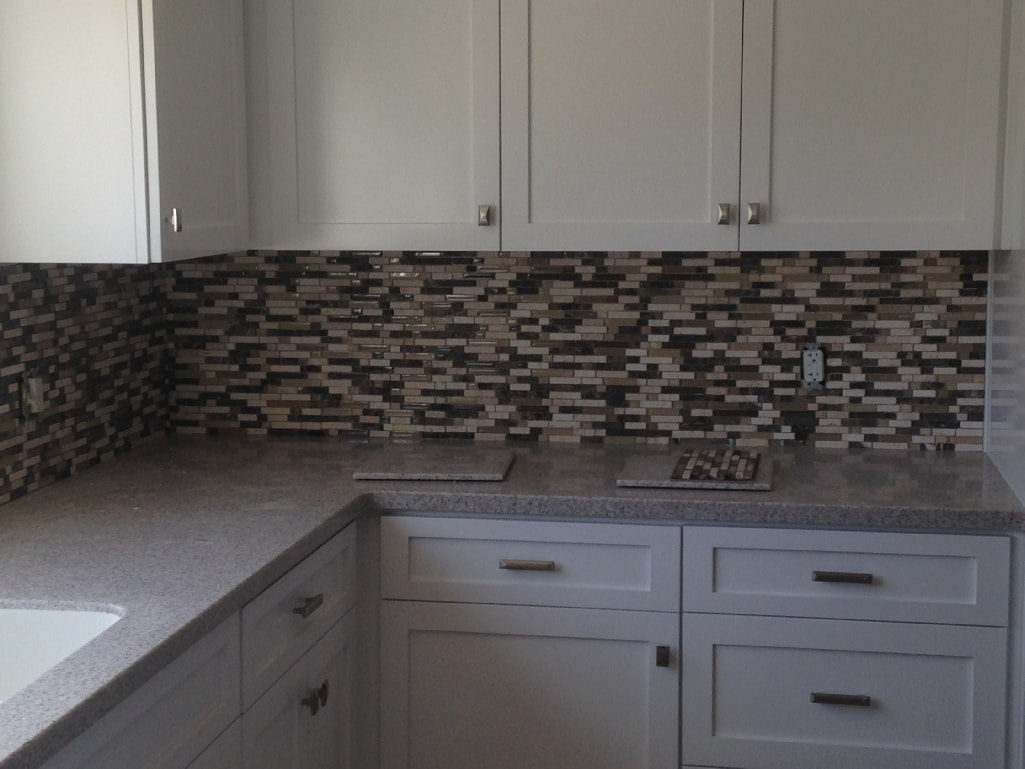
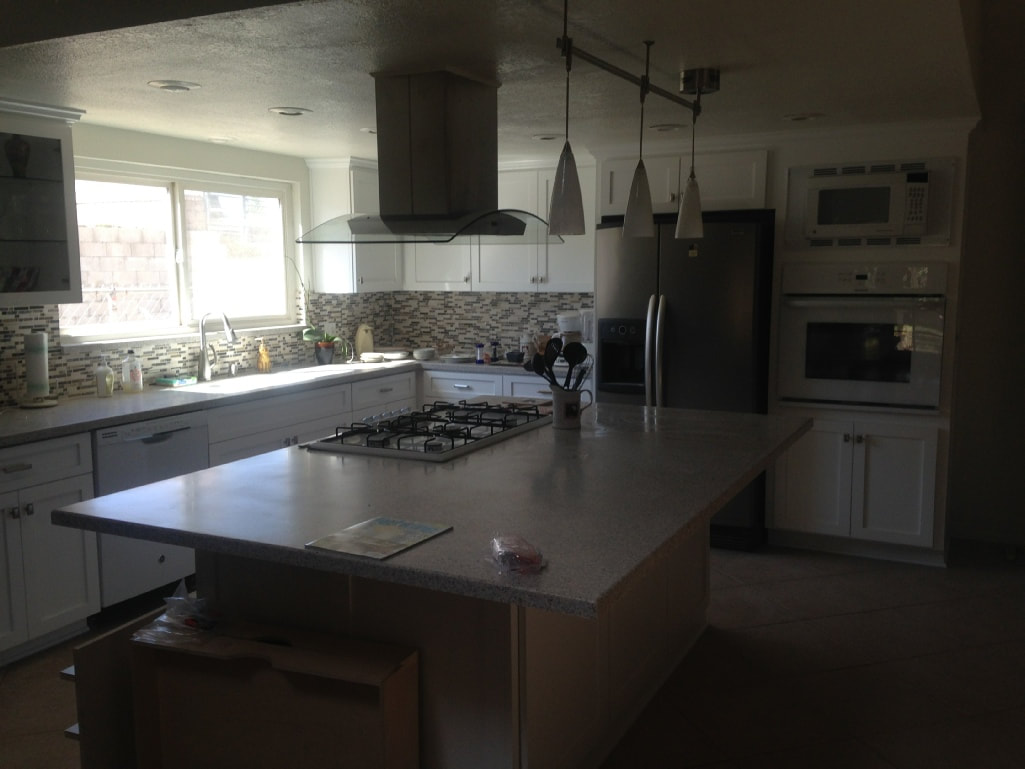
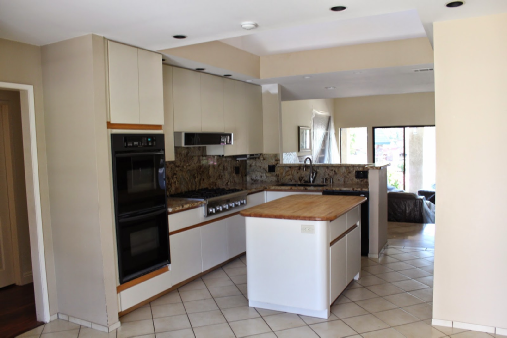
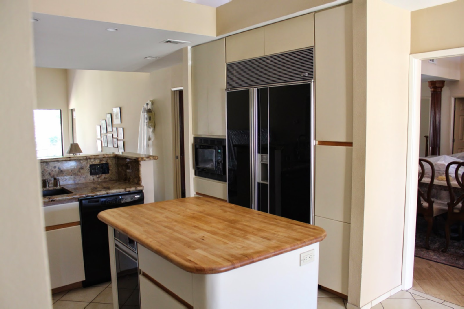
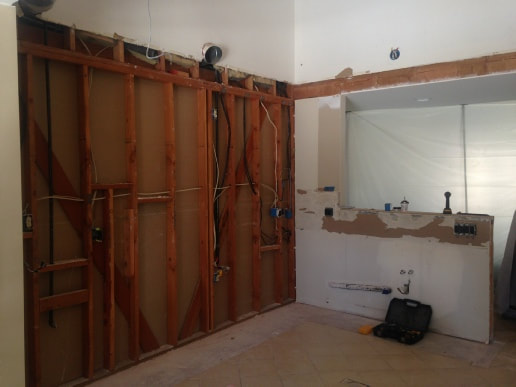
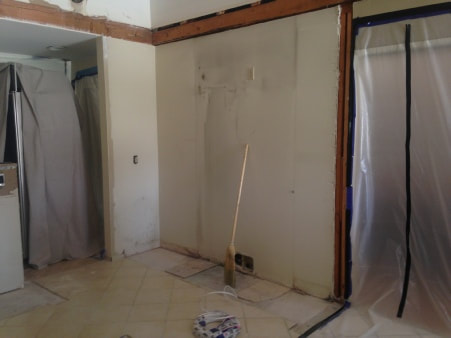
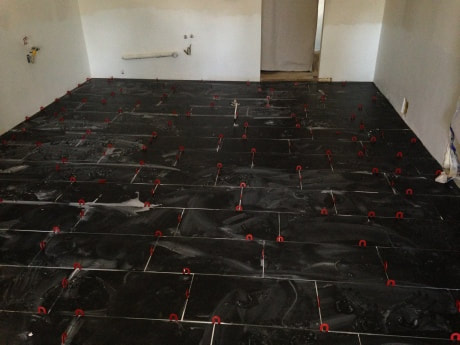
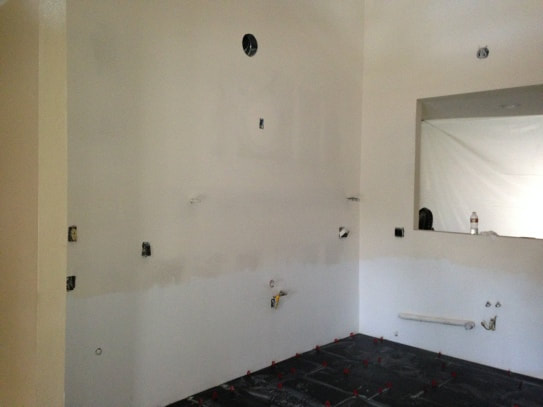
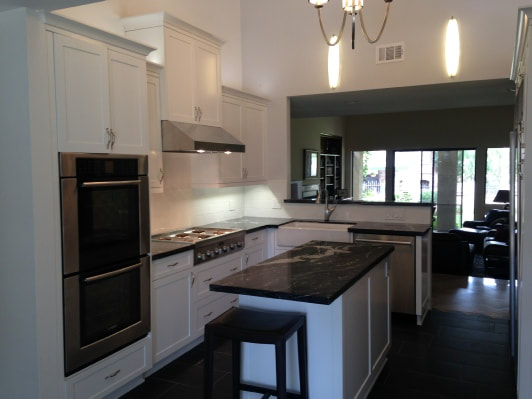

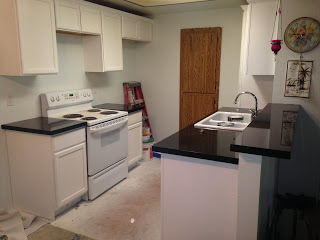
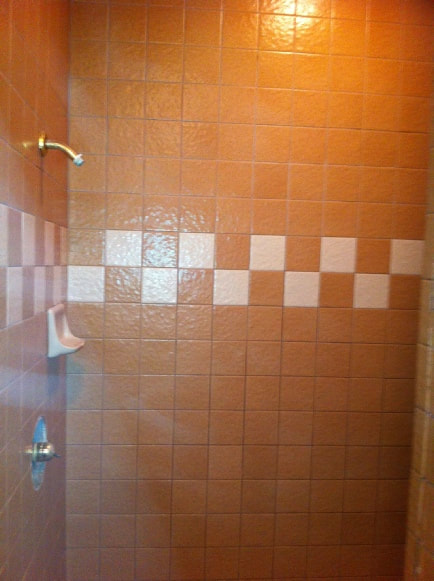
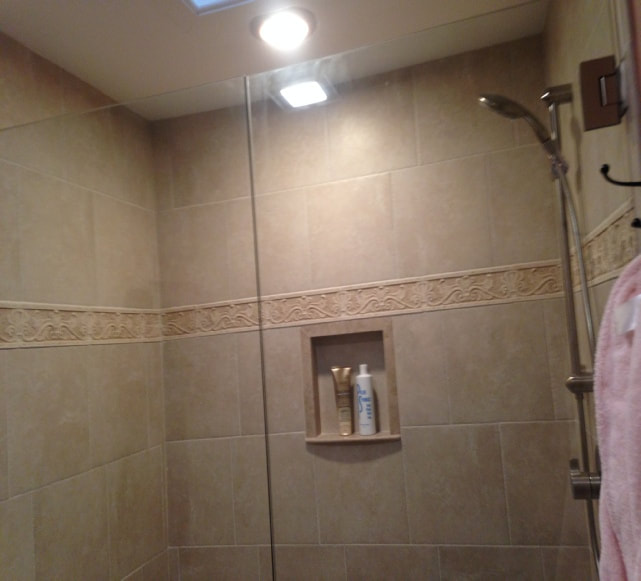
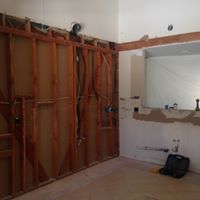
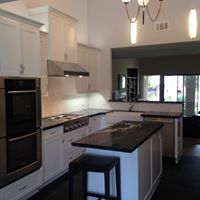
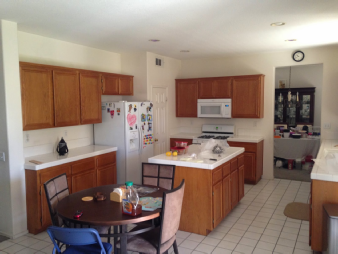
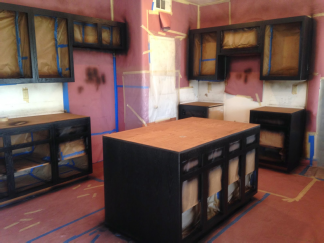
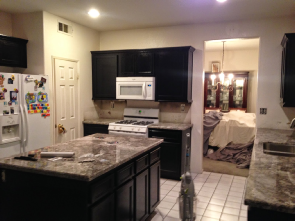
 RSS Feed
RSS Feed